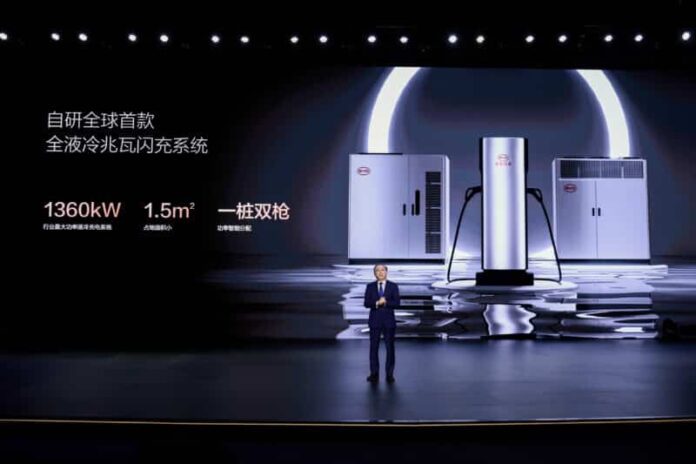Recent announcements of megawatt-level fast charging technologies by companies like BYD have generated significant excitement within the electric vehicle (EV) industry. BYD’s demonstration of its “megawatt flash charging” technology, capable of reaching up to 1000kW with a single connector and 1360kW with a dual connector, has been particularly noteworthy. This surpasses the mainstream ultra-fast charging speeds of 500- 600kW offered by networks like Tesla’s V4 Supercharger (500kW). Even Zeekr’s impressive V3 charging technology only reaches a peak of 800kW.
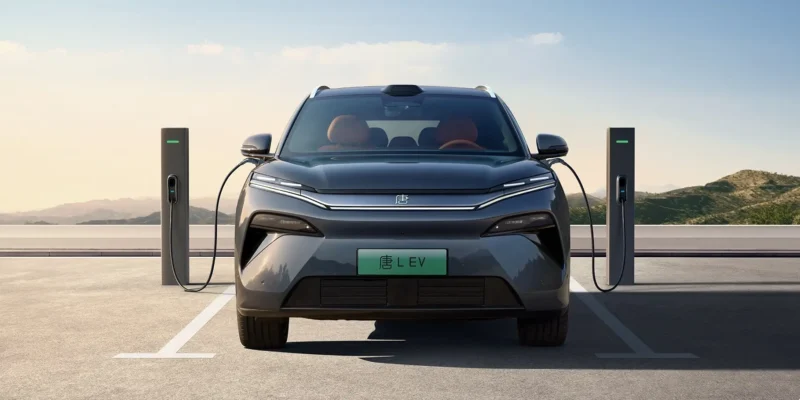
This technological leap has spurred responses from competitors. Huawei recently teased a similar megawatt-level charger, reportedly reaching 1.5MW, seemingly aiming to outdo BYD. However, Huawei executives indicated that this technology is primarily intended for the commercial truck market, where energy demands are significantly higher, similar to Tesla’s 750kW mobile Supercharger designed for its Semi truck. Zeekr has also introduced a passenger car-focused liquid-cooled charging station with a peak power of 1.2MW using a single connector, approaching BYD’s dual-connector output.
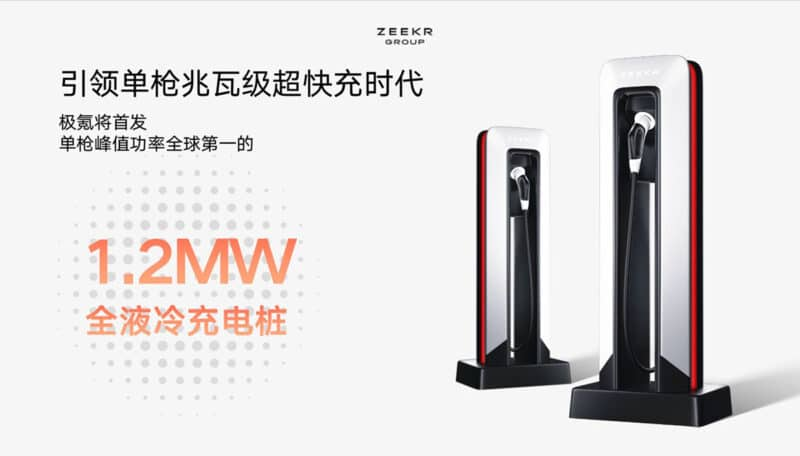
Despite the impressive power figures being touted, real-world experiences for EV owners often fail to match the advertised charging speeds. Many users report that even vehicles marketed as capable of charging 80% in 15 minutes usually require closer to 30 minutes or longer in practical scenarios. This discrepancy highlights a significant gap between the theoretical capabilities and the charging experience.
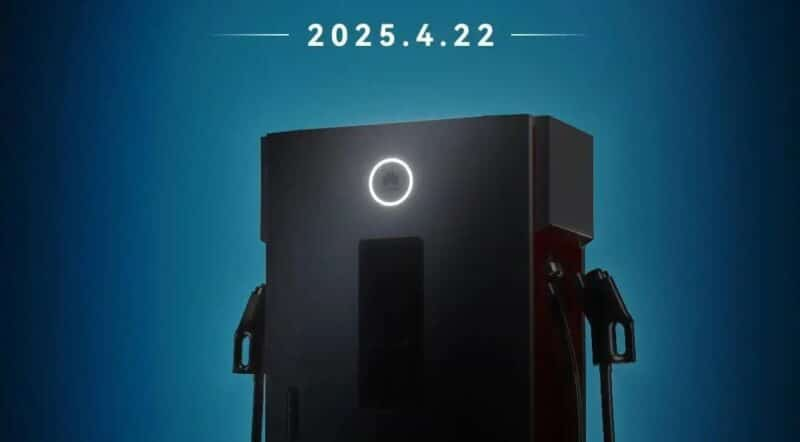
Several factors contribute to this reality. Firstly, the power output of a charging station is constrained by various elements, including voltage, current, and the charger’s inherent capabilities. For instance, while BYD’s megawatt flash charging theoretically can reach 1MW, achieving this requires a sustained 1000V and 1000A, conditions that are often difficult to maintain consistently in real-world applications. Charging speeds are also affected by the vehicle’s battery platform, the voltage ramp-up during the charging process, and the final trickle-charging phase.
Beyond power limitations, the cost of ultra-fast charging infrastructure presents another significant hurdle. Achieving power levels above 500kW typically necessitates using liquid-cooled charging cables and systems. These liquid-cooled chargers can cost anywhere from 80,000 to 120,000 yuan(11,200 to 16,800 USD) per unit, significantly higher (3-5 times) than traditional air-cooled chargers. Additionally, liquid cooling systems require periodic coolant replacement, increasing operational costs. Consequently, the high cost of deployment inevitably limits the widespread availability of these ultra-fast charging stations. While charging might be rapid when available, the time spent locating such a station remains a factor for EV owners.
Many EV owners remain focused on accessing a reliable and widespread charging network rather than solely on the absolute fastest charging speeds, which might only be beneficial in limited scenarios.
BYD has acknowledged the potential strain megawatt charging could cause on the power grid. Their approach involves integrating energy storage systems (battery packs within the charging station) and intelligent power distribution to mitigate these impacts. The “megawatt flash charging” solution proposed by BYD essentially pre-stores electricity. Their flash charging stations will have 1.5 MWh energy storage systems for off-peak electricity usage. Furthermore, BYD’s cloud platform will monitor grid load in real-time and dynamically adjust charging power to prevent localized grid overload. However, this reliance on energy storage introduces another limitation: once the stored energy is depleted, subsequent vehicles will not be able to benefit from the same ultra-fast charging speeds.
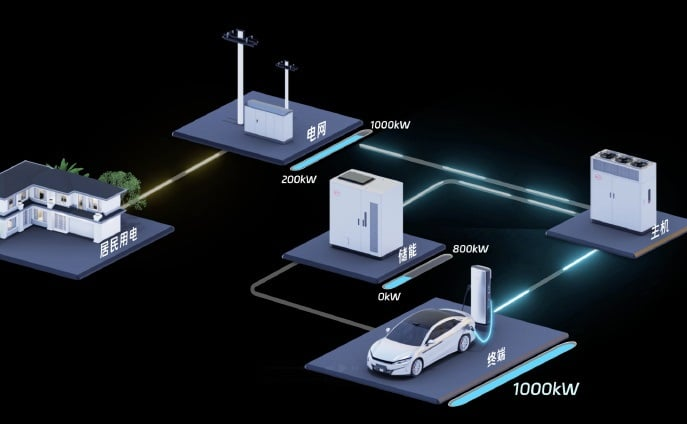
Experts also point out that ultra-fast charging might only be necessary in specific scenarios, such as along highways or at traditional gas station locations where drivers are more time-sensitive. Such extreme charging speeds are less critical for other common charging locations like shopping centers, cinemas, or restaurants, where vehicles are parked for longer durations.
BYD has announced its intention to share its megawatt flash charging technology with the entire industry, seeking to collaborate with social capital to accelerate the construction of megawatt-level charging infrastructure.
Despite the technological advancements in ultra-fast charging, challenges related to grid capacity and the need for significant infrastructure upgrades remain. The cost of deploying and operating these high-power charging stations must also be carefully considered to ensure a sustainable business model for operators.
Source: 36kr
